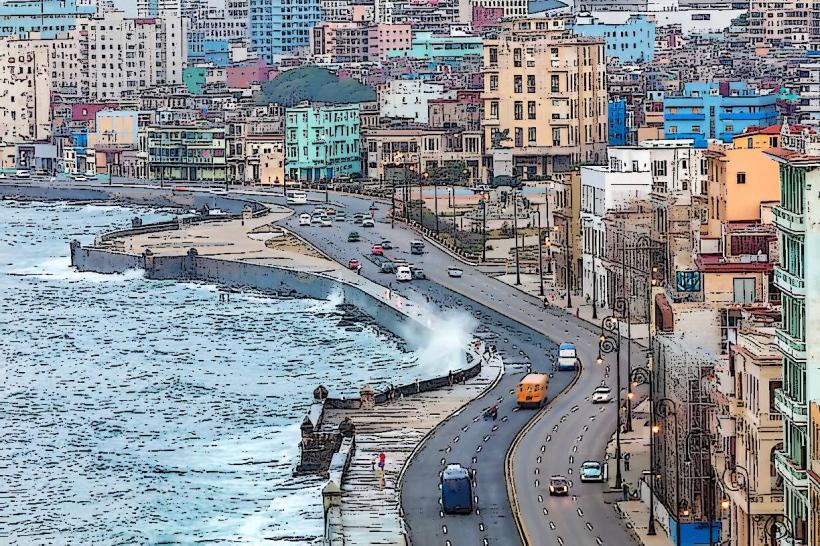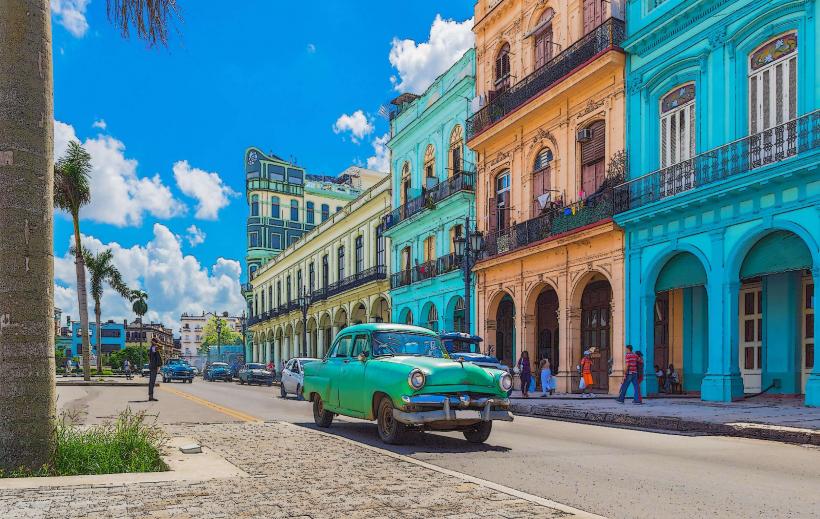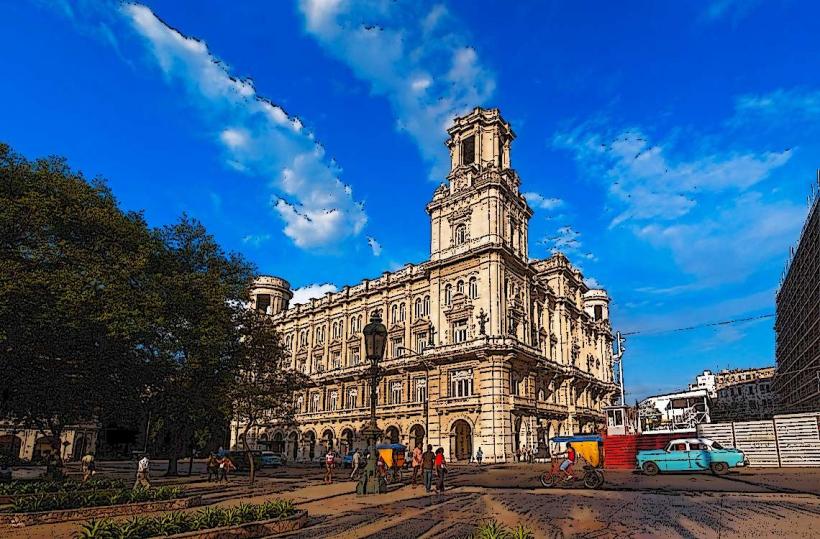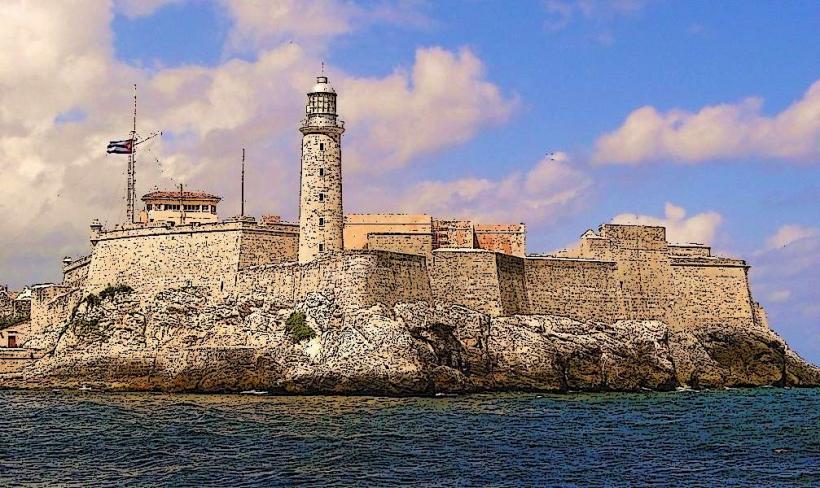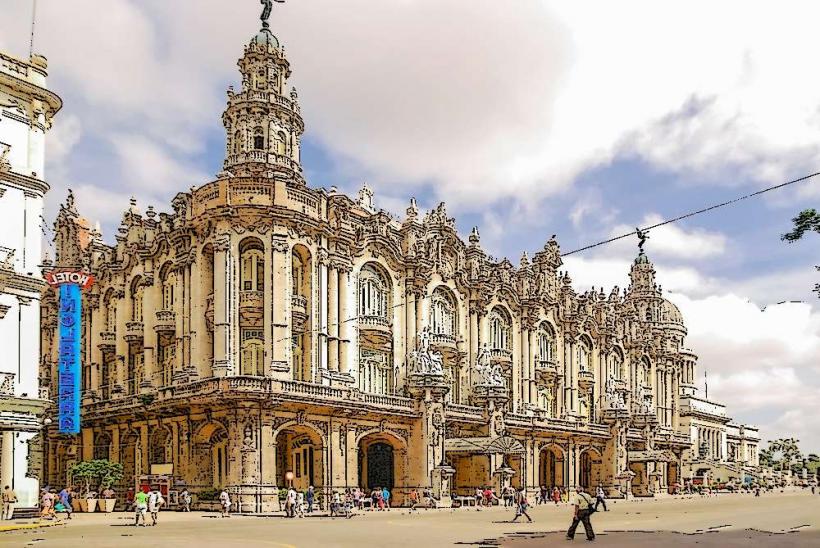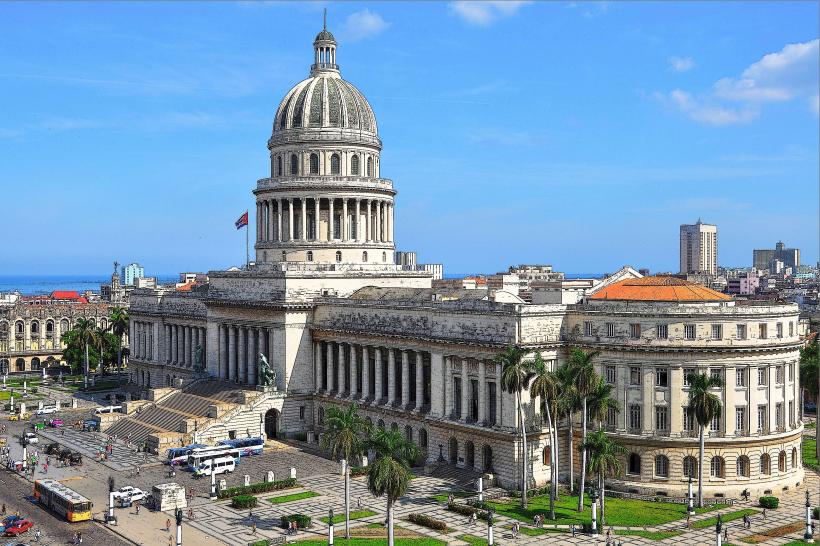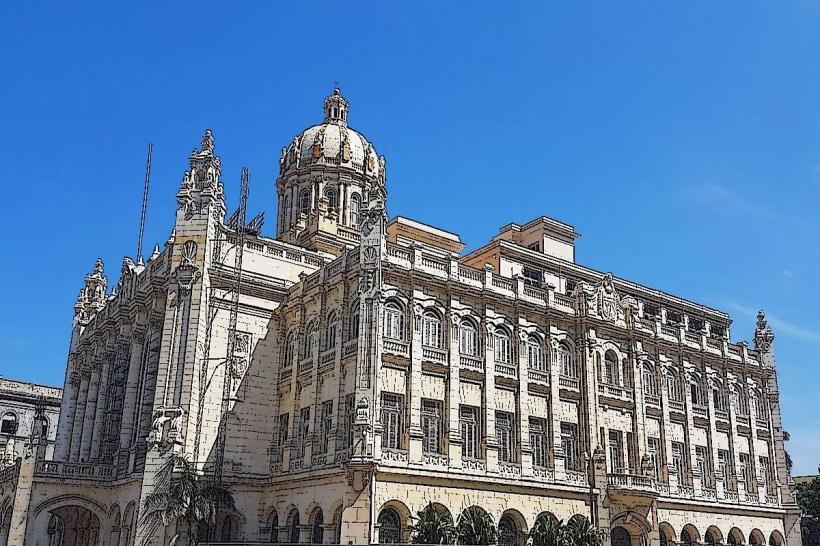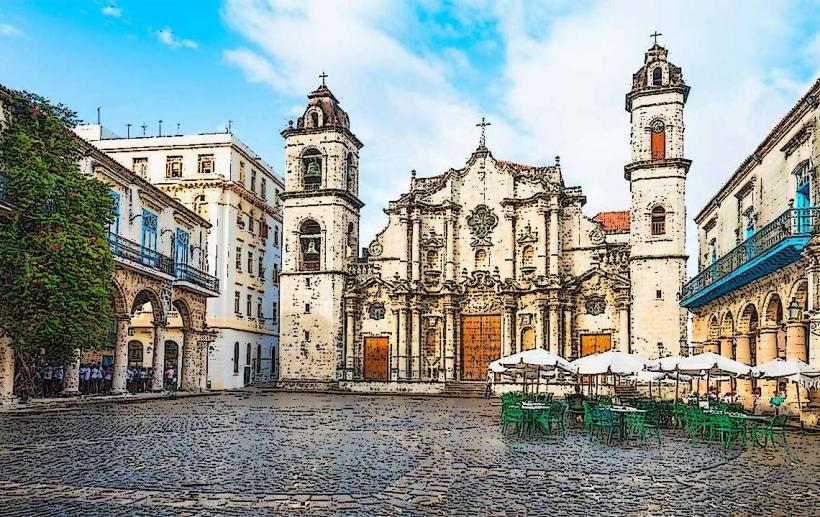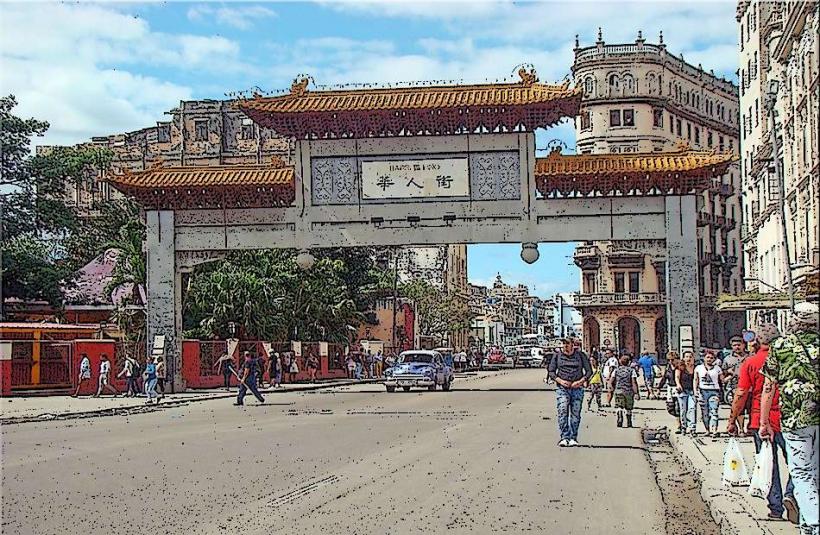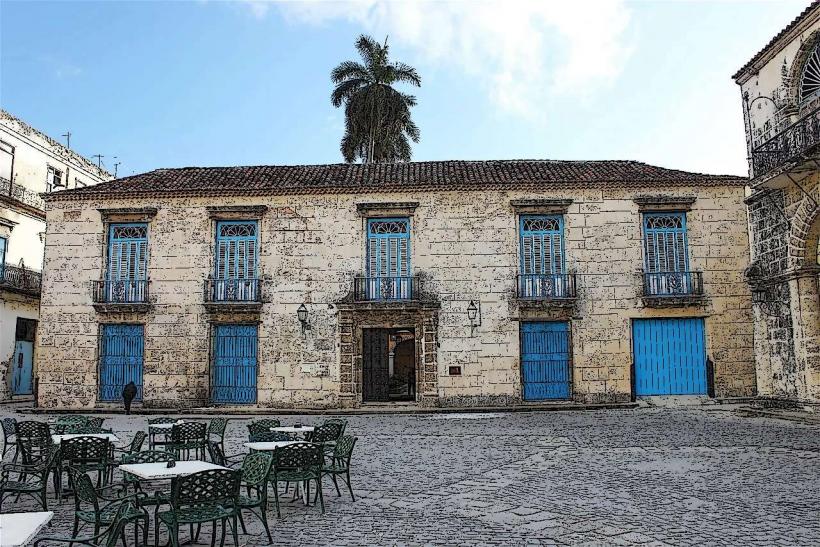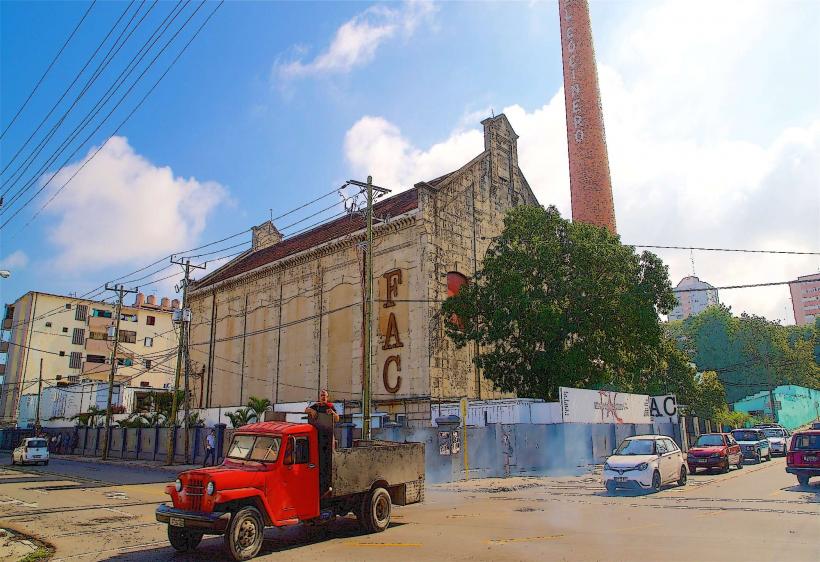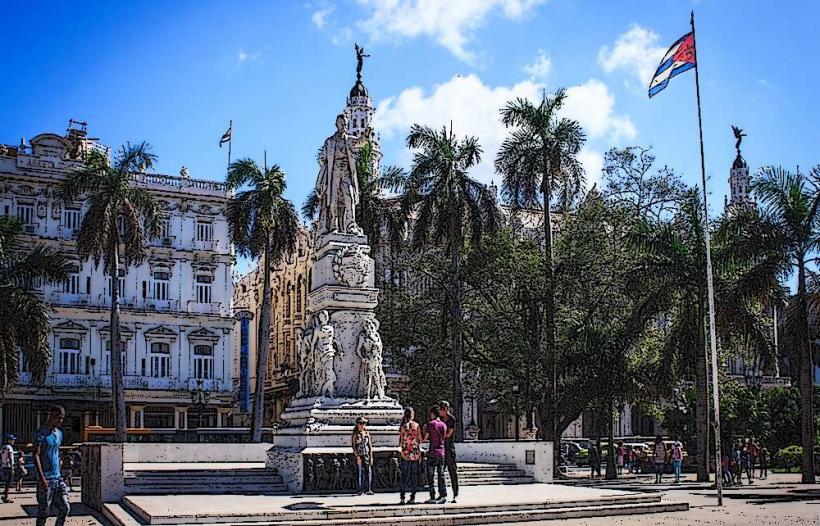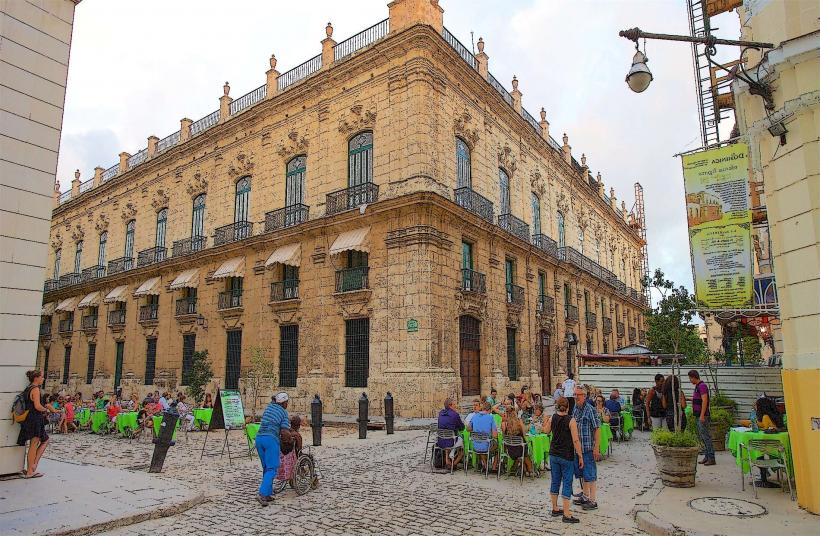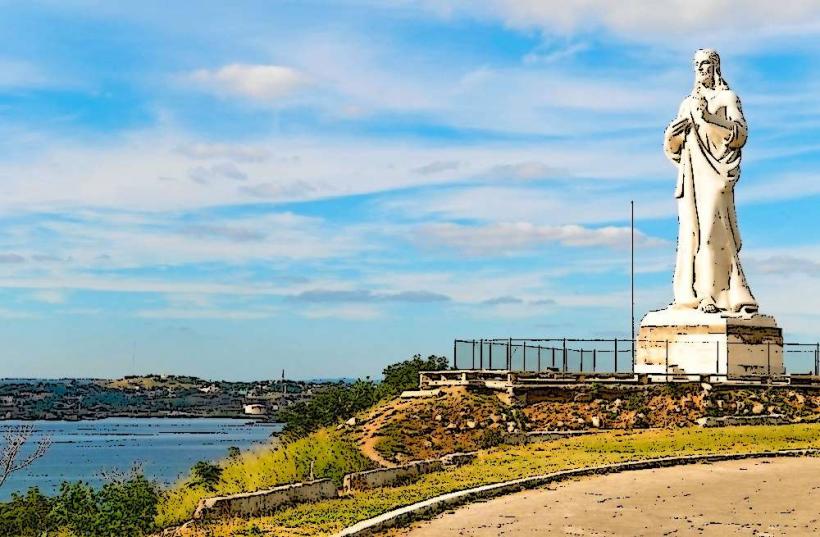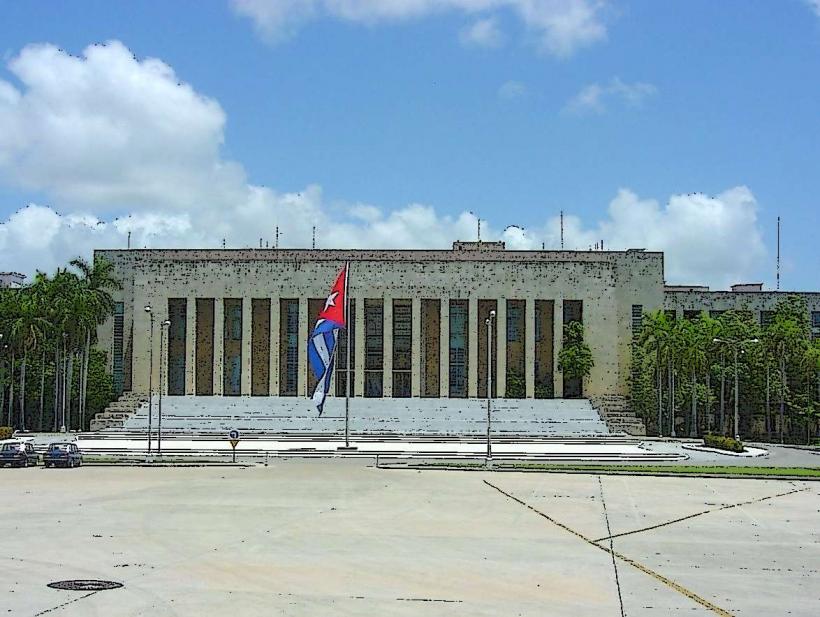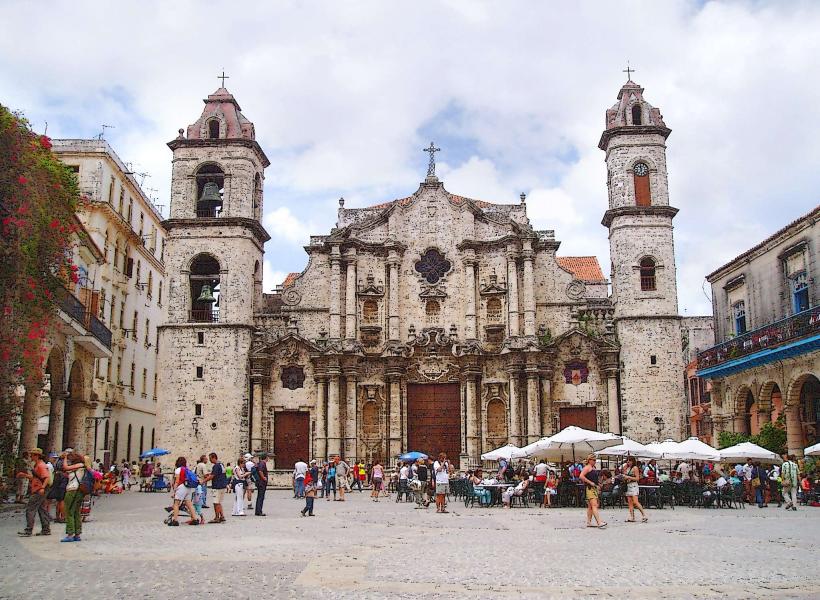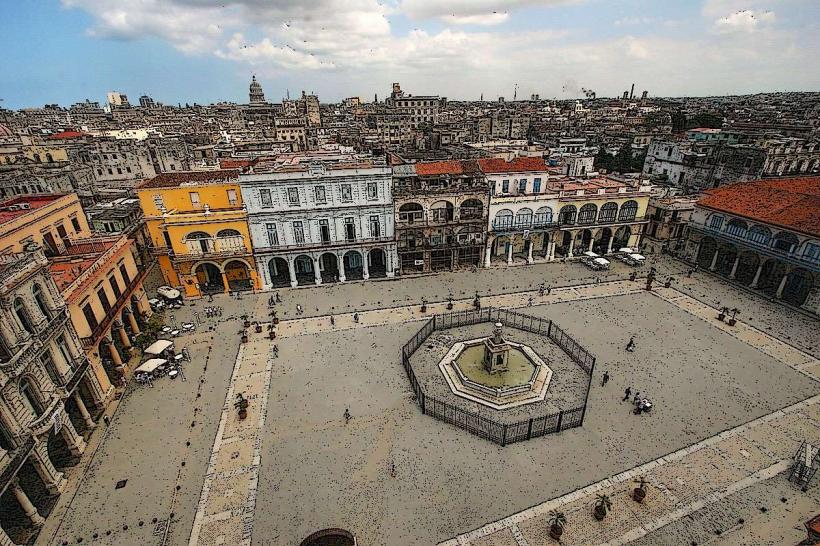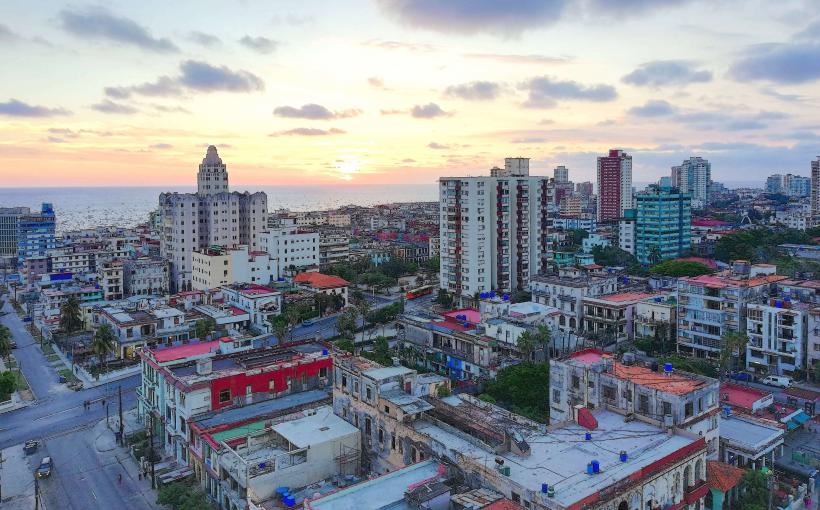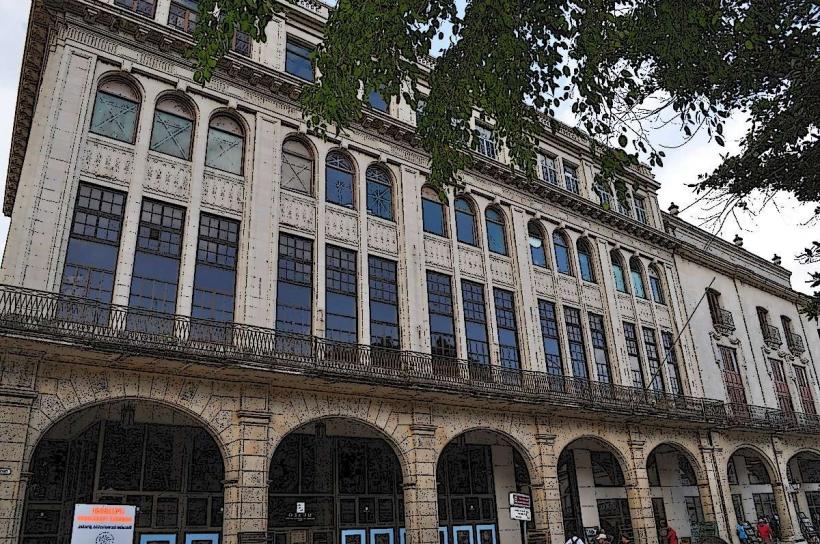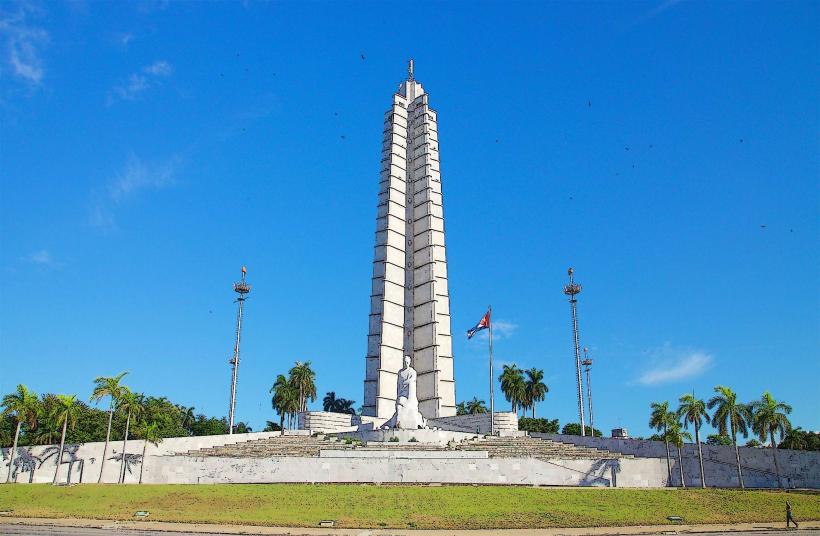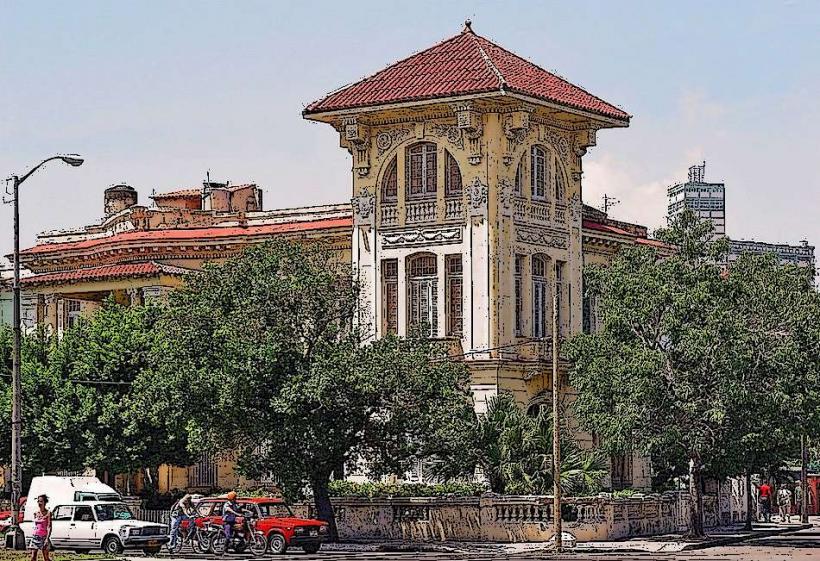Information
Landmark: Plaza de la RevoluciónCity: Havana
Country: Cuba
Continent: North America
Plaza de la Revolución (Revolution Square) is one of the most iconic and significant landmarks in Havana, Cuba. Located in the heart of the city, it is both a political symbol and a popular gathering place for Cuban citizens and visitors alike. The square is closely associated with the Cuban Revolution and its leaders, serving as the site of numerous political rallies, public speeches, and important events in the country’s history.
History
Plaza de la Revolución was initially created in the 1950s as part of a larger urban development project to modernize Havana. It was intended to be a space for large public gatherings, reflecting the city's growing importance as a political and cultural hub. However, its current significance stems from the Cuban Revolution of 1959, which brought Fidel Castro and his revolutionary movement to power. The square became a central site for major events, such as mass rallies celebrating the victory of the revolution and speeches from key figures like Fidel Castro and Che Guevara.
In the years following the revolution, the square was transformed into a symbol of the new socialist regime, with monuments and statues commemorating revolutionary leaders and the country’s fight for independence from imperialism.
Architecture and Design
Plaza de la Revolución is a vast, open space that covers an area of approximately 72,000 square meters (about 18 acres). The design of the square is characterized by its expansive layout and minimalist aesthetic. At the center of the plaza is a large concrete area, which allows for easy congregation of large crowds during political rallies or concerts. The surrounding area features government buildings, statues, and monuments.
Key architectural features include:
Monument to José Martí: The centerpiece of the Plaza de la Revolución is the José Martí Memorial, a towering obelisk that stands 109 meters (358 feet) tall. It was erected in honor of José Martí, a Cuban national hero, poet, and revolutionary leader who played a pivotal role in Cuba's independence from Spain in the late 19th century. The monument includes a statue of Martí at the base and a large viewing platform at the top, which offers panoramic views of the square and the city.
Iconic Revolutionary Mosaics: On the facades of the Ministry of the Interior and the Ministry of Communications buildings, two of the most striking features of the plaza, you’ll find giant steel representations of revolutionary figures. One is an image of Che Guevara, who became a global symbol of revolution, and the other is Camilo Cienfuegos, another prominent figure of the Cuban Revolution. These monumental portraits are made of steel and are visible from across the square. They add an element of drama and serve as constant reminders of the country’s revolutionary history.
Ministry of the Interior Building: The building, which is located on the southern side of the square, is one of the most important in Havana and features the famous Che Guevara portrait. The Ministry of the Interior was the site of the revolutionary government's headquarters, and the building is an essential symbol of the revolution's success.
Ministry of Communications: Located on the eastern side of the plaza, this building also features a large steel image of Camilo Cienfuegos, another iconic figure in Cuba's revolutionary history. The ministry's building is a major focal point in the square and is often used for political events.
Cultural and Political Significance
Plaza de la Revolución is not just a physical space; it is deeply entwined with Cuba's political identity. It has been the site of countless important moments in Cuban history, including speeches by Fidel Castro, rallies for independence, and commemoration of the revolution’s milestones.
Political Rallies and Speeches: Since the Cuban Revolution, the plaza has been used for large-scale political rallies, speeches, and celebrations. Fidel Castro himself addressed the people of Cuba here many times, most famously during his speeches that lasted for hours, where he spoke about the future of the revolution and Cuban socialism.
Celebrations and Anniversaries: The plaza is the venue for major national celebrations, such as May Day (Labor Day), which is observed with parades, speeches, and performances. The square is also central during the celebration of the Cuban Revolution anniversary on January 1st, marking the overthrow of dictator Fulgencio Batista in 1959.
Cuban Identity and Symbolism: Plaza de la Revolución is a powerful representation of the Cuban identity, particularly in relation to the revolution and the struggle for sovereignty and independence. For many Cubans, it stands as a reminder of the country’s resilience and its commitment to the ideals of socialism and self-determination.
Visitor Experience
Today, Plaza de la Revolución is an important tourist destination in Havana, attracting visitors from around the world. While many come to admire the monumental architecture and to learn about Cuban history, the square is still used for political and public events. As a tourist, visitors can walk through the plaza and admire the José Martí Memorial and the images of Che Guevara and Camilo Cienfuegos.
José Martí Memorial: Visitors can ascend to the top of the José Martí Memorial for stunning views of the square and the surrounding cityscape. The memorial's base also features a museum dedicated to the life and legacy of José Martí.
Iconic Images: The large steel portraits of Che Guevara and Camilo Cienfuegos are popular photo spots, attracting tourists interested in capturing the revolutionary spirit of Cuba.
Surrounding Areas and Nearby Attractions
Plaza de la Revolución is located in the western part of central Havana, making it close to other significant landmarks. Nearby attractions include:
- Paseo de Martí (Prado): A wide avenue leading to the plaza, known for its tree-lined promenade and colonial-era architecture.
- Hotel Nacional de Cuba: A historic hotel just a short distance from the plaza, offering a glimpse into Havana’s pre-revolutionary luxury and serving as a key symbol of Cuba’s tourism and political history.
- Colón Cemetery: One of the most famous cemeteries in Havana, it is located a short distance away and is known for its impressive mausoleums and the graves of notable figures in Cuban history.
Modern-Day Plaza de la Revolución
While Plaza de la Revolución retains its historical and political significance, it also stands as a symbol of continuity in Cuba’s complex political landscape. It remains a space for Cubans to express their collective identity and a key part of the nation's legacy.
In conclusion, Plaza de la Revolución is more than just a physical space—it's a symbol of Cuba's revolutionary spirit, its political history, and its cultural resilience. Whether for tourists or locals, the plaza represents the heart of Cuba's revolutionary narrative.

